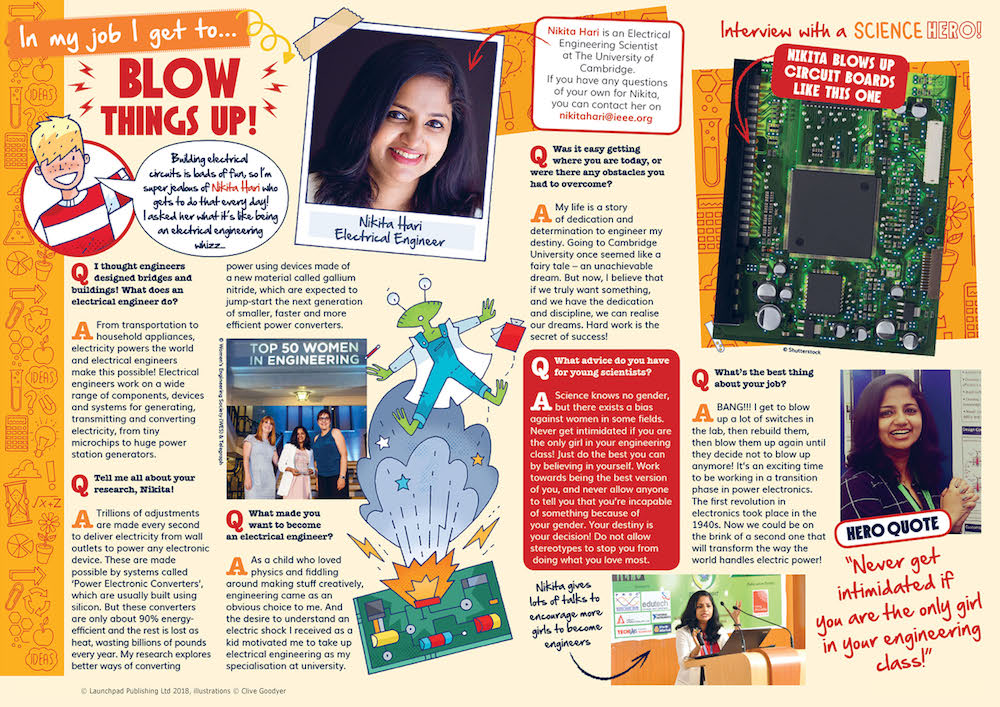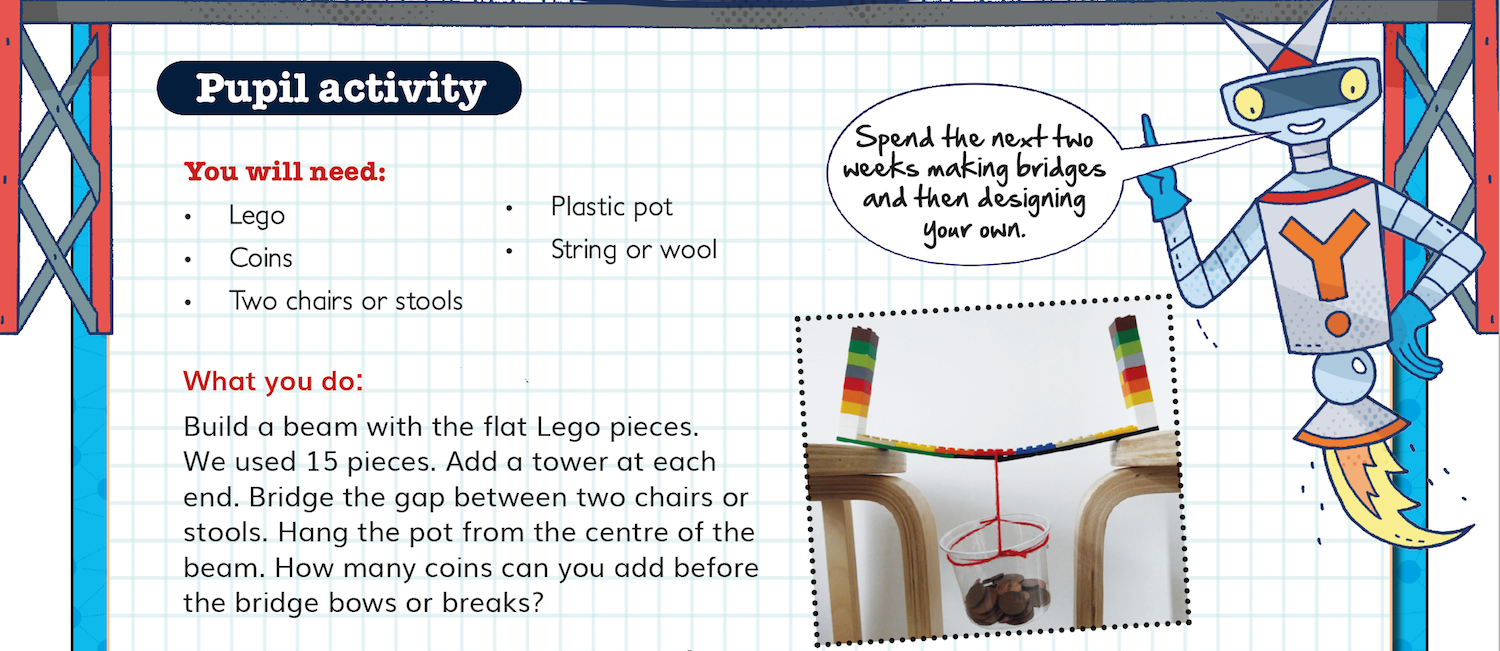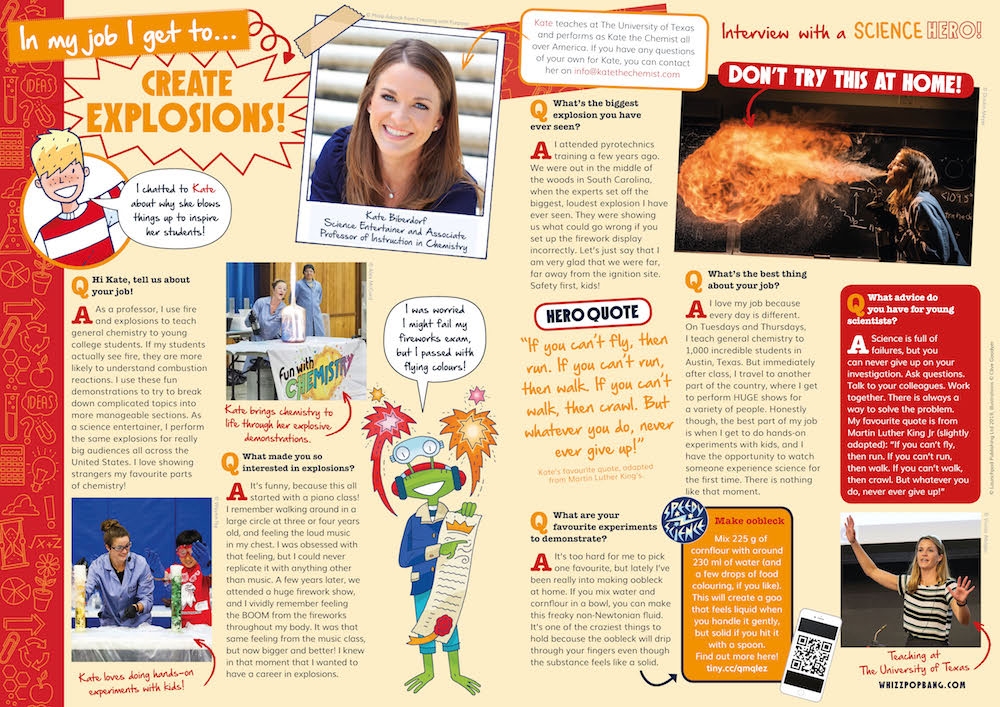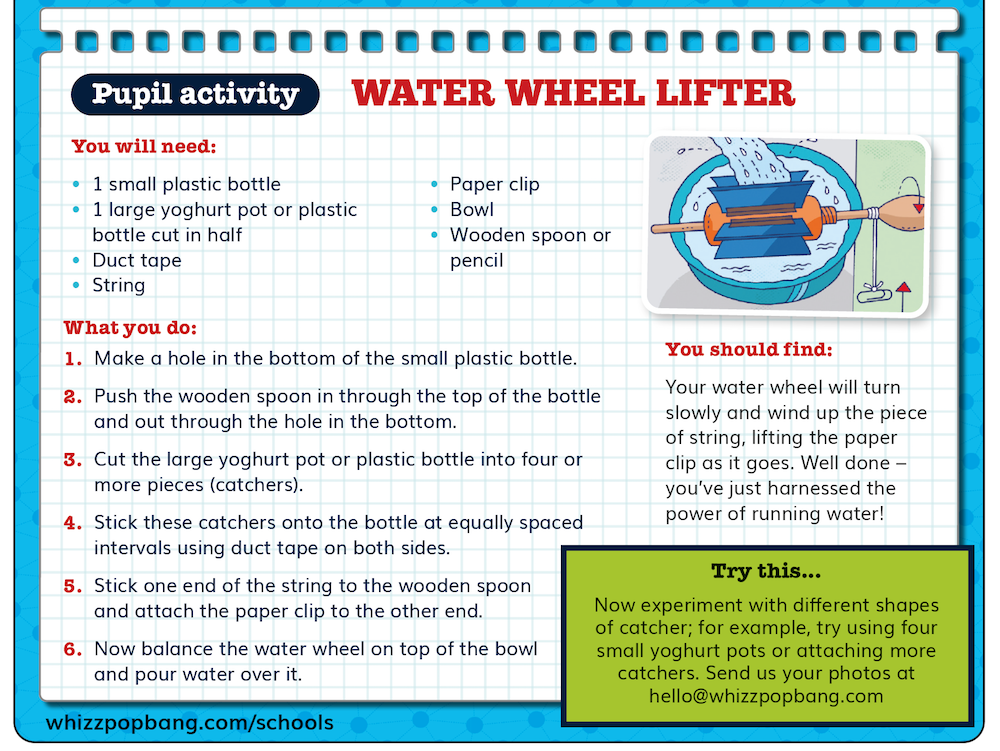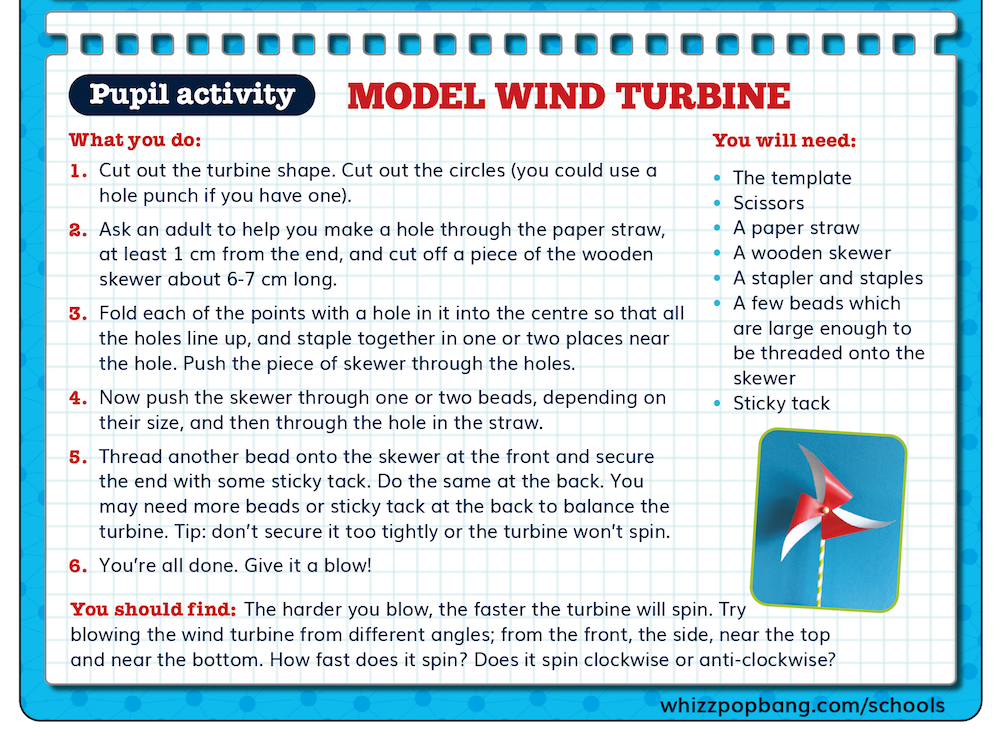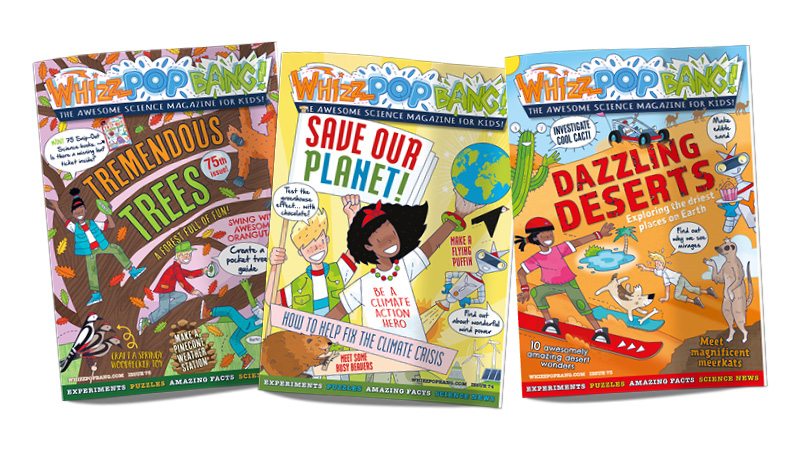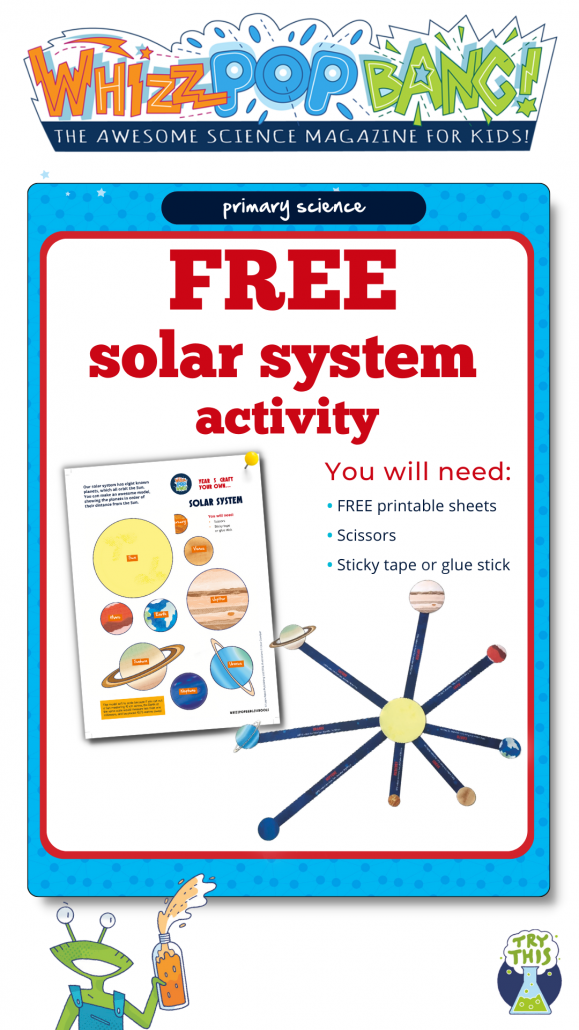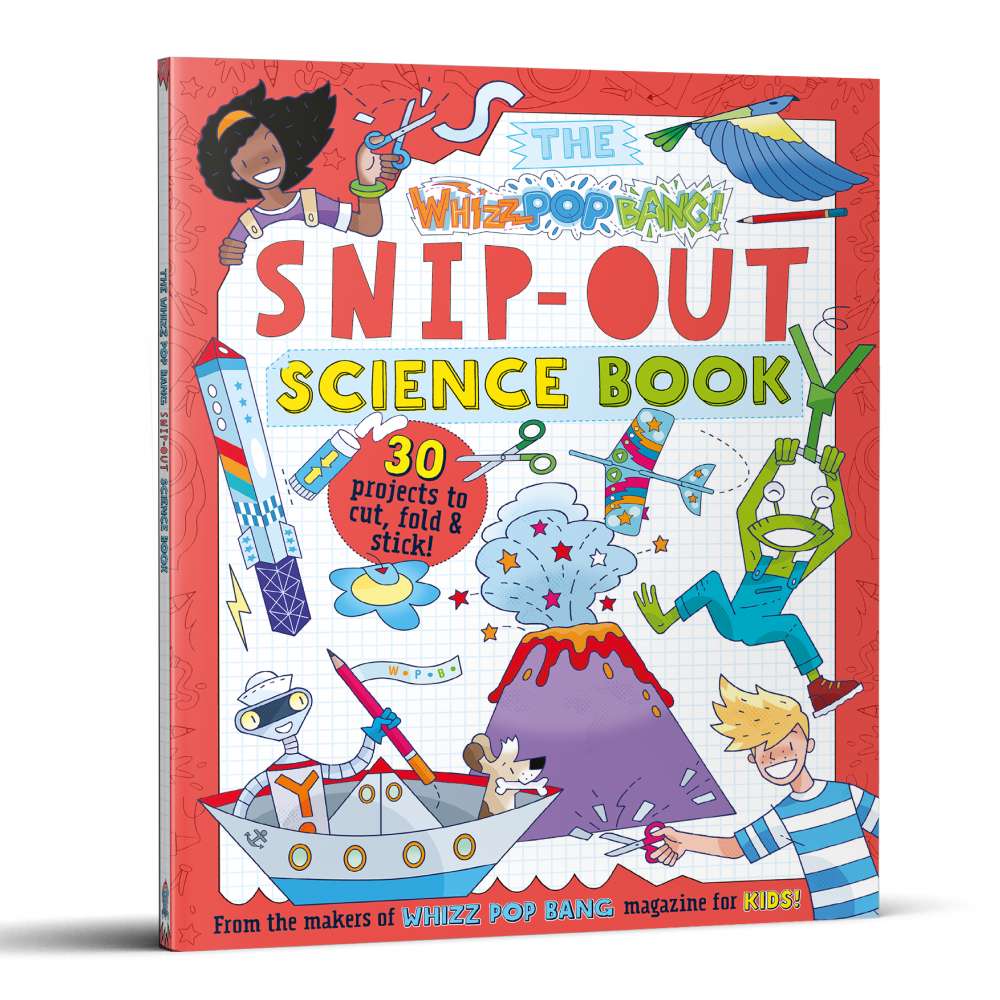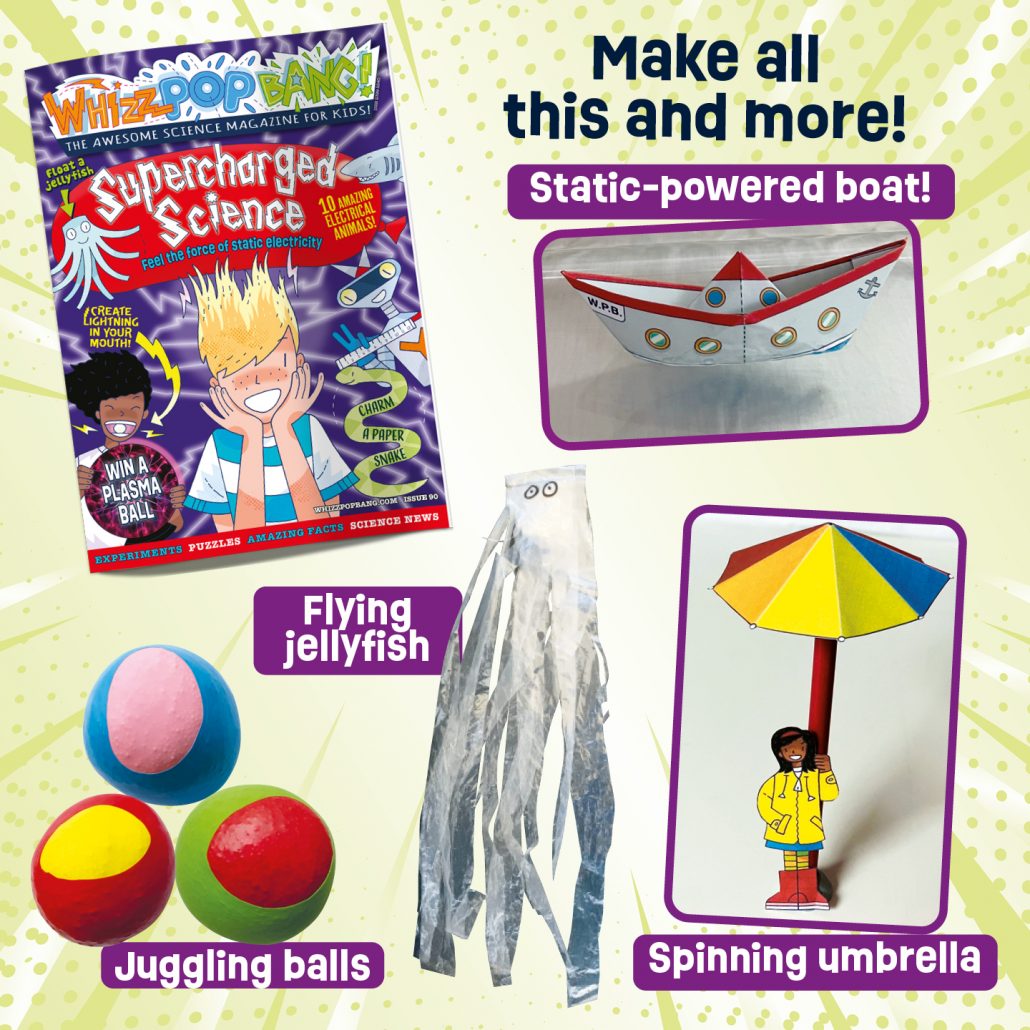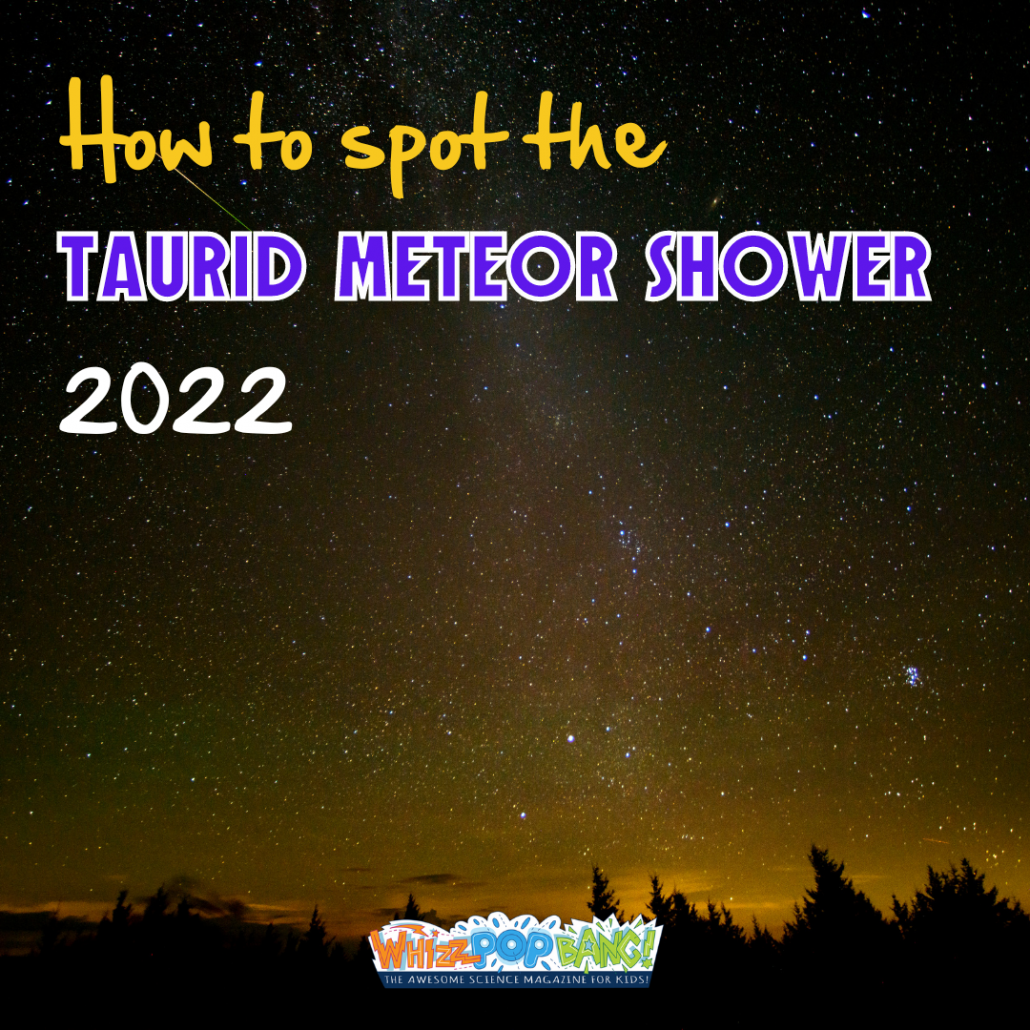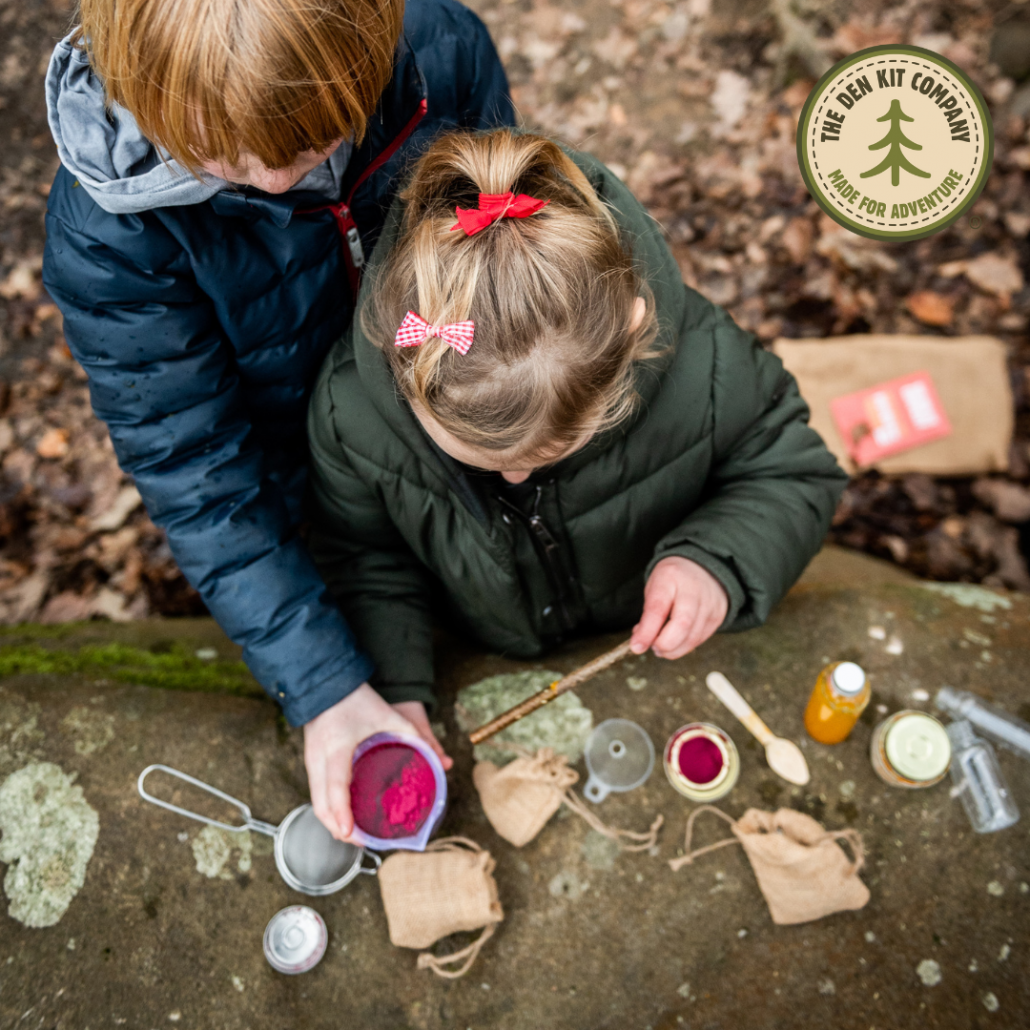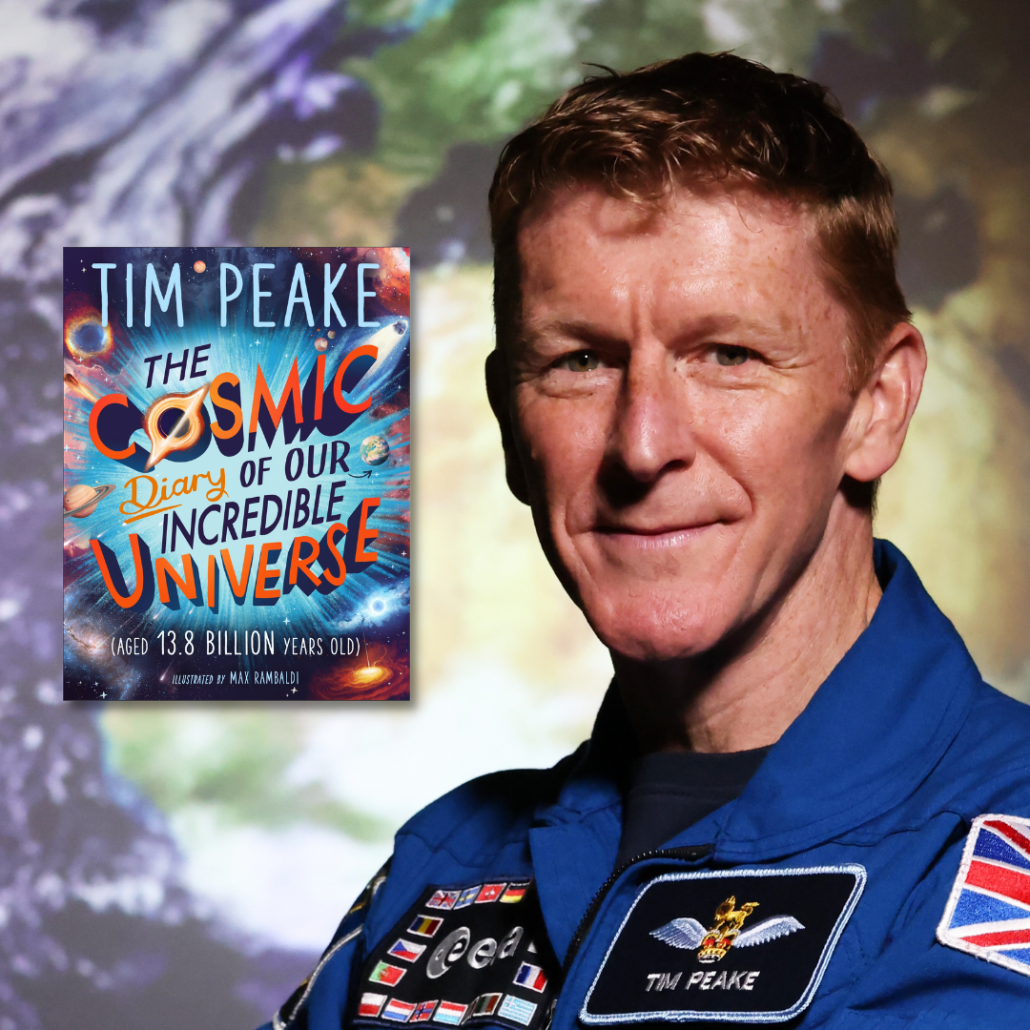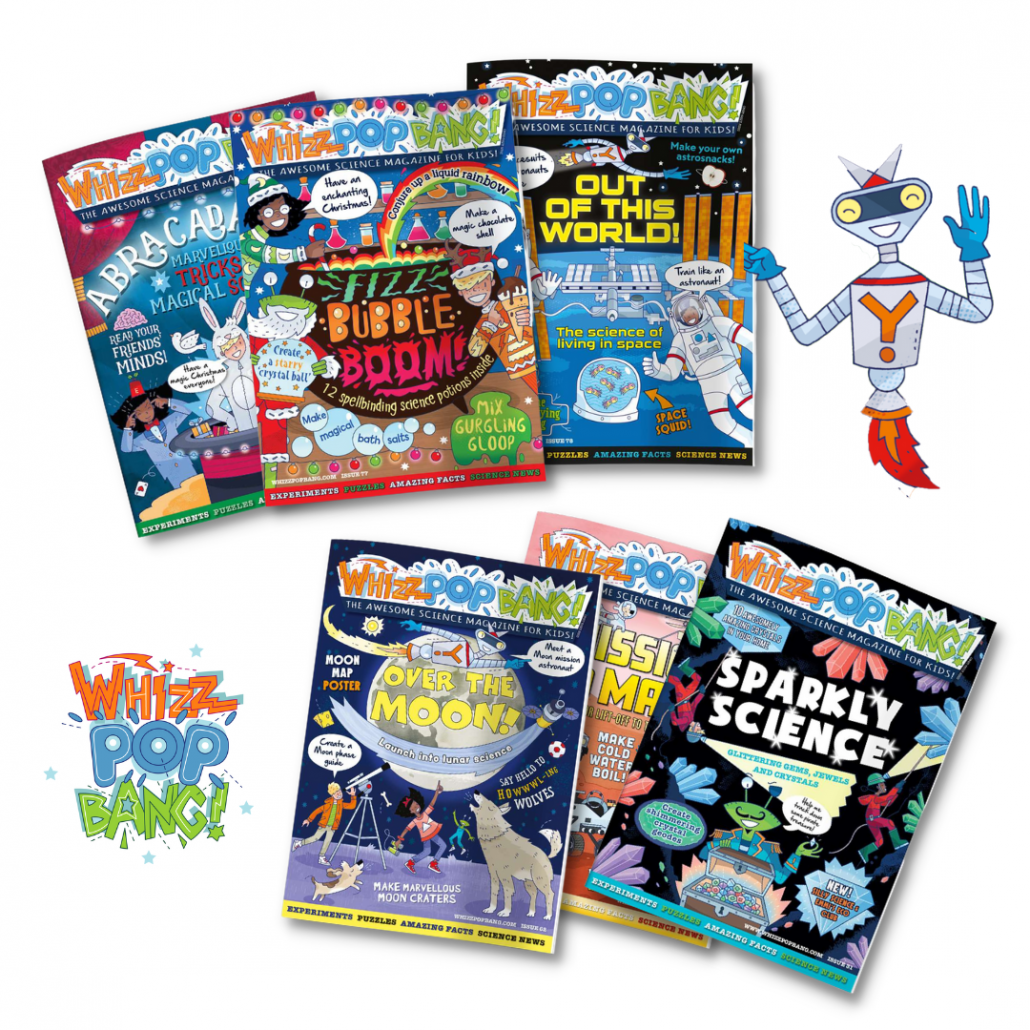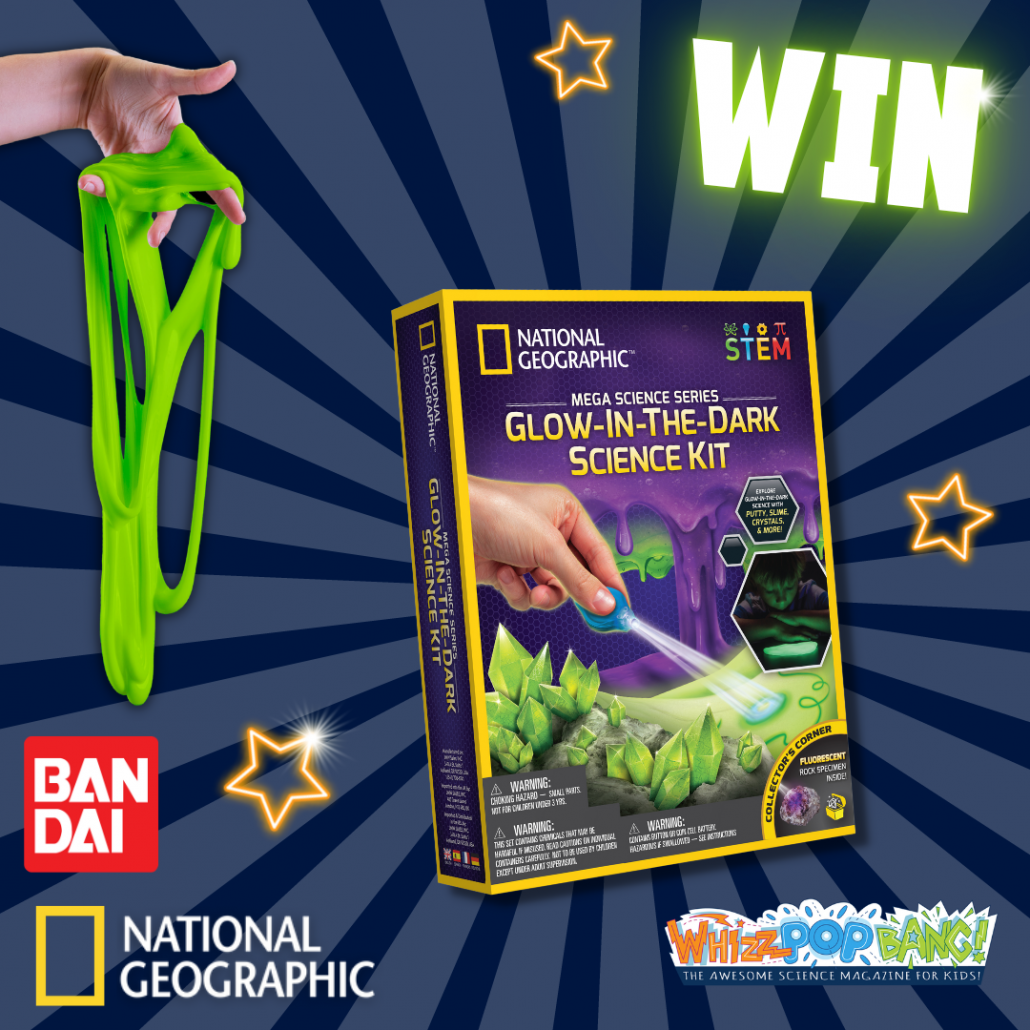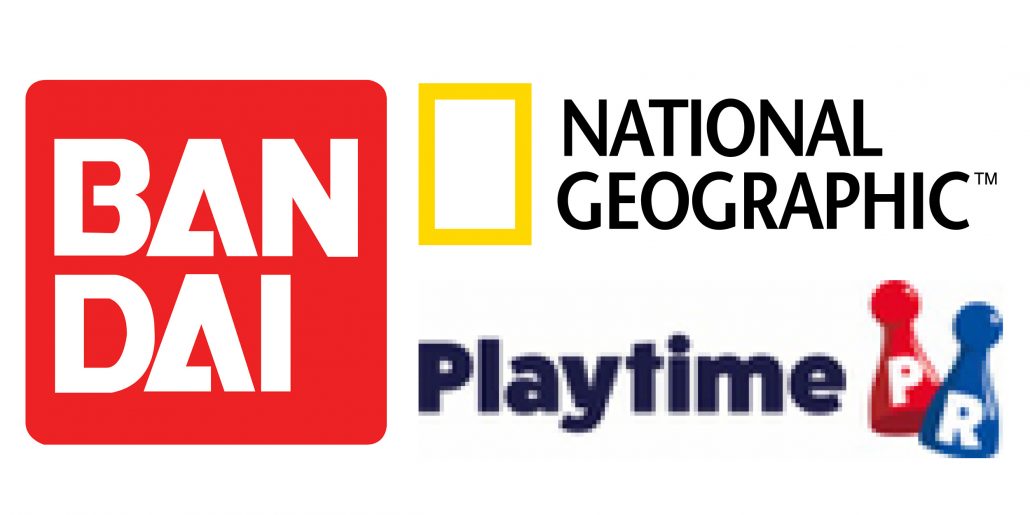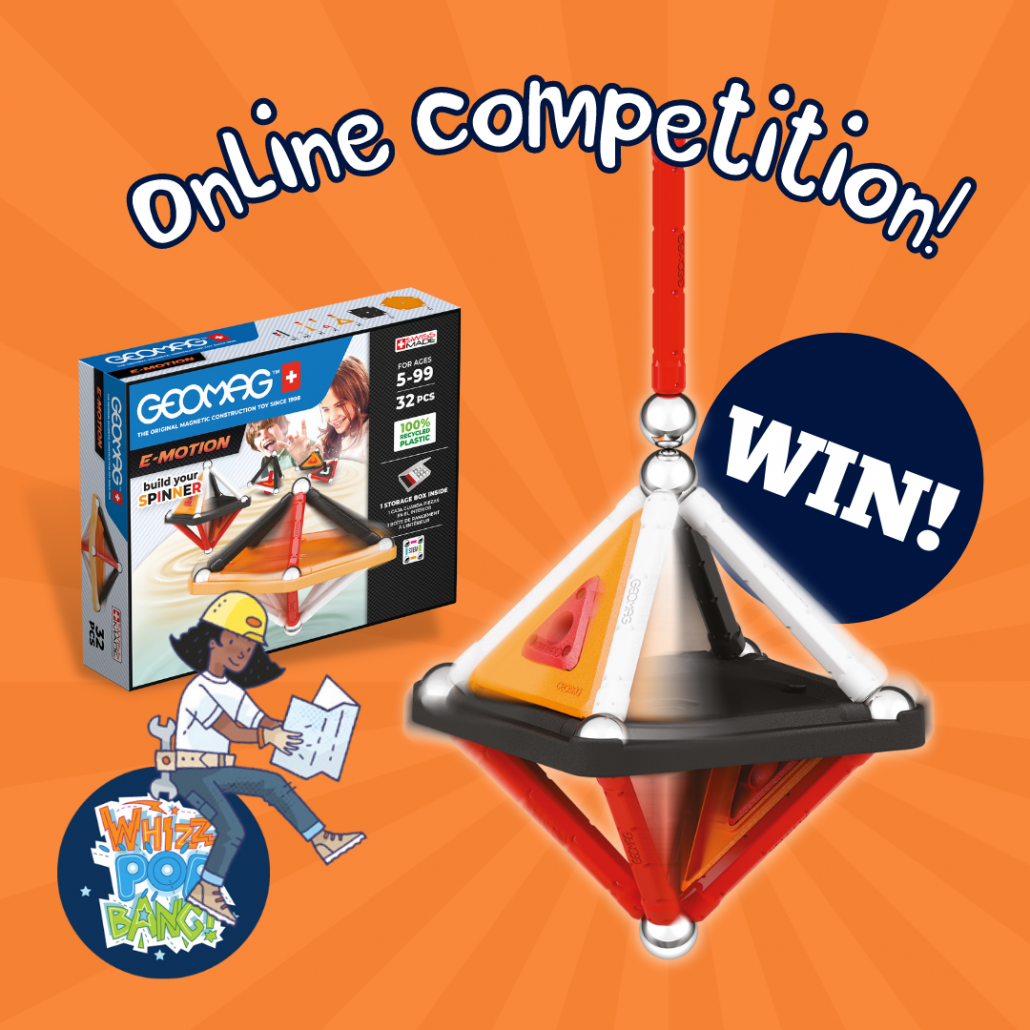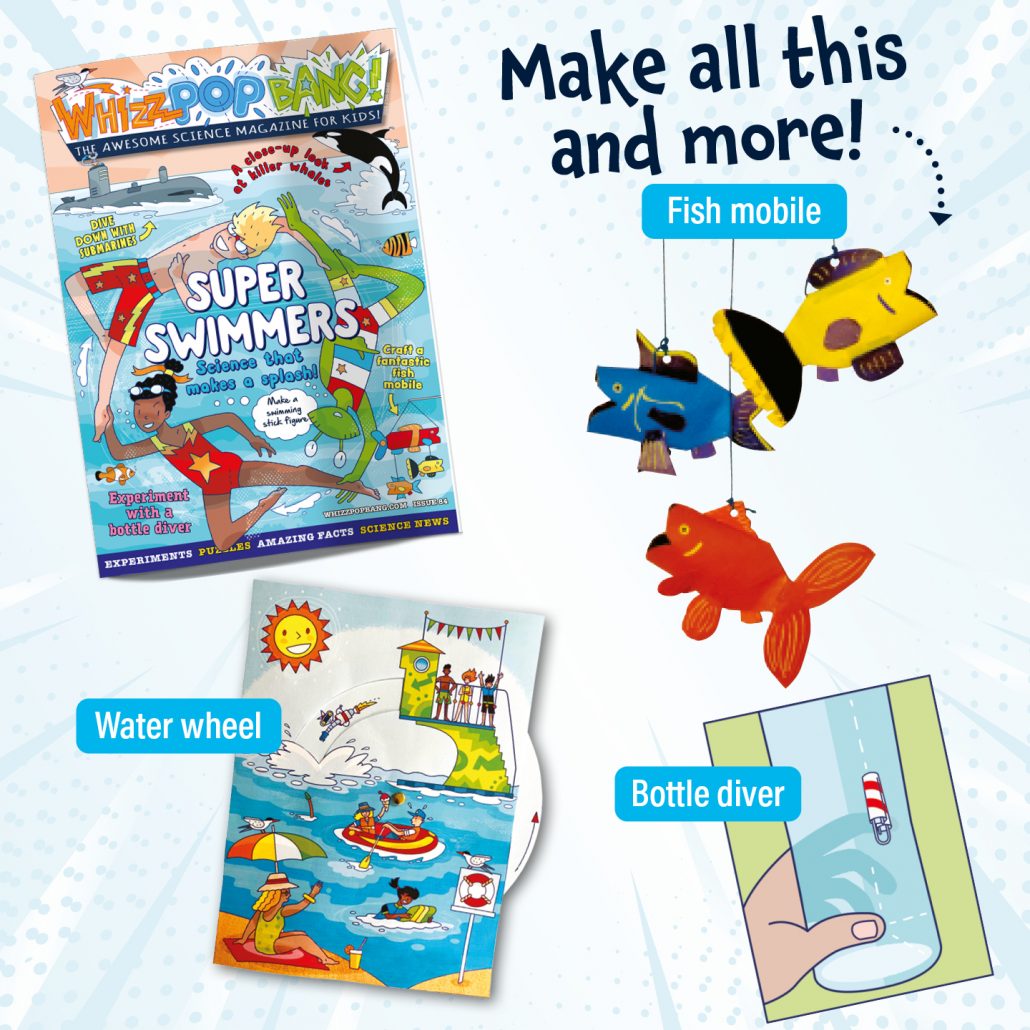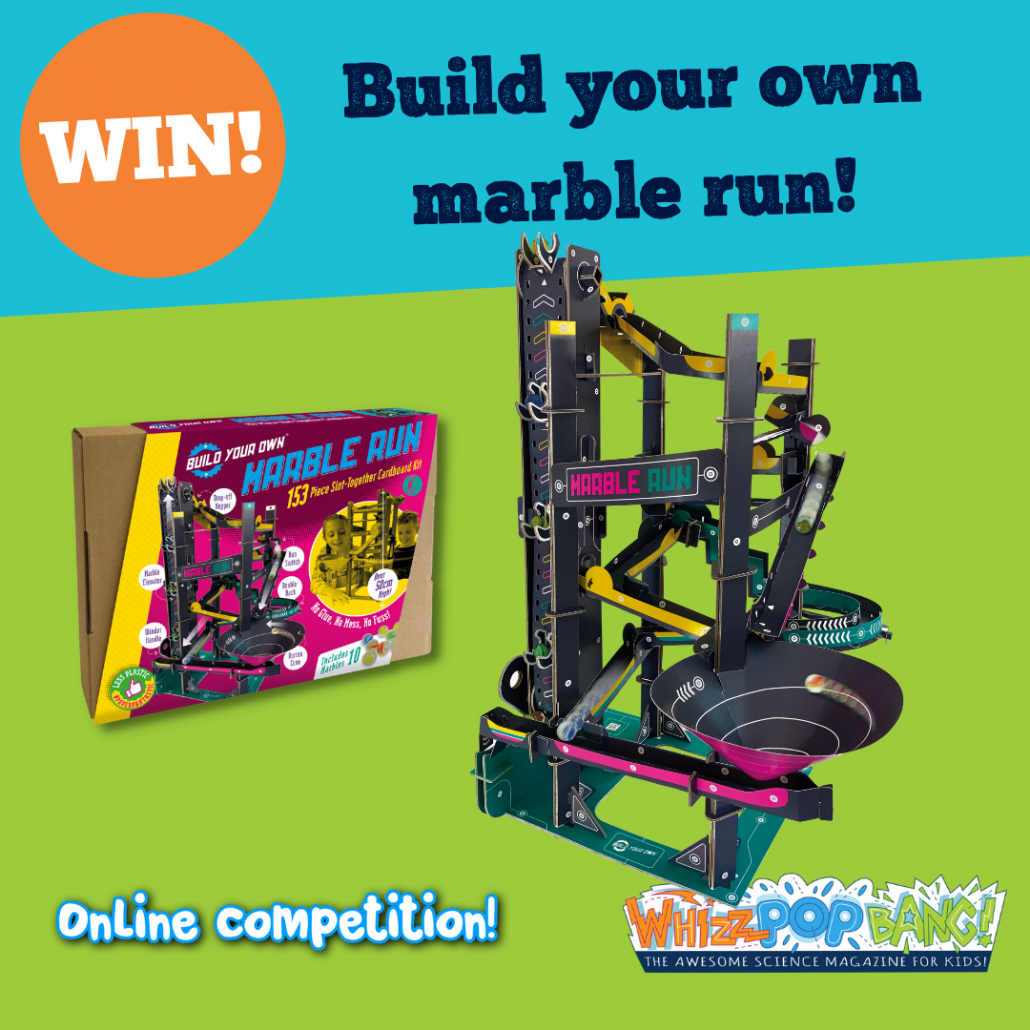To celebrate Introduce a Girl to Engineering Day on the 25th February 2023, here are some fun and inspiring activities and interviews to share with the girls in your life. You never know, one might grow up to be an engineer!
Reading comprehension: Electrical Engineer
Find out what it’s like to be an electrical engineering whizz with this inspirational interview with Nikita Hari. Includes the feature to print or to read on a tablet, as well as comprehension question and answer sheet.
Engineering activity: Design your own bridge
Get busy designing and building your own bridge and experiment to see how much weight it can hold!
Reading comprehension: Explosions Engineer
Find out why Kate Biberdorf loves to blow things up to inspire her students! Includes the feature to print or to read on a tablet, as well as comprehension question and answer sheets.
Engineering activity: Water wheel lifter
Can you lift a weight using the power of water? Try this fun science activity to find out!
Engineering activity: Make a model wind turbine activity
Print, cut and craft a model wind turbine to try out in windy weather!
Want more engineering activities?
Subscribers to Whizz Pop Bang are automatically enrolled to the Y’s Wonder Club and can complete science challenges to earn collectible enamel badges!
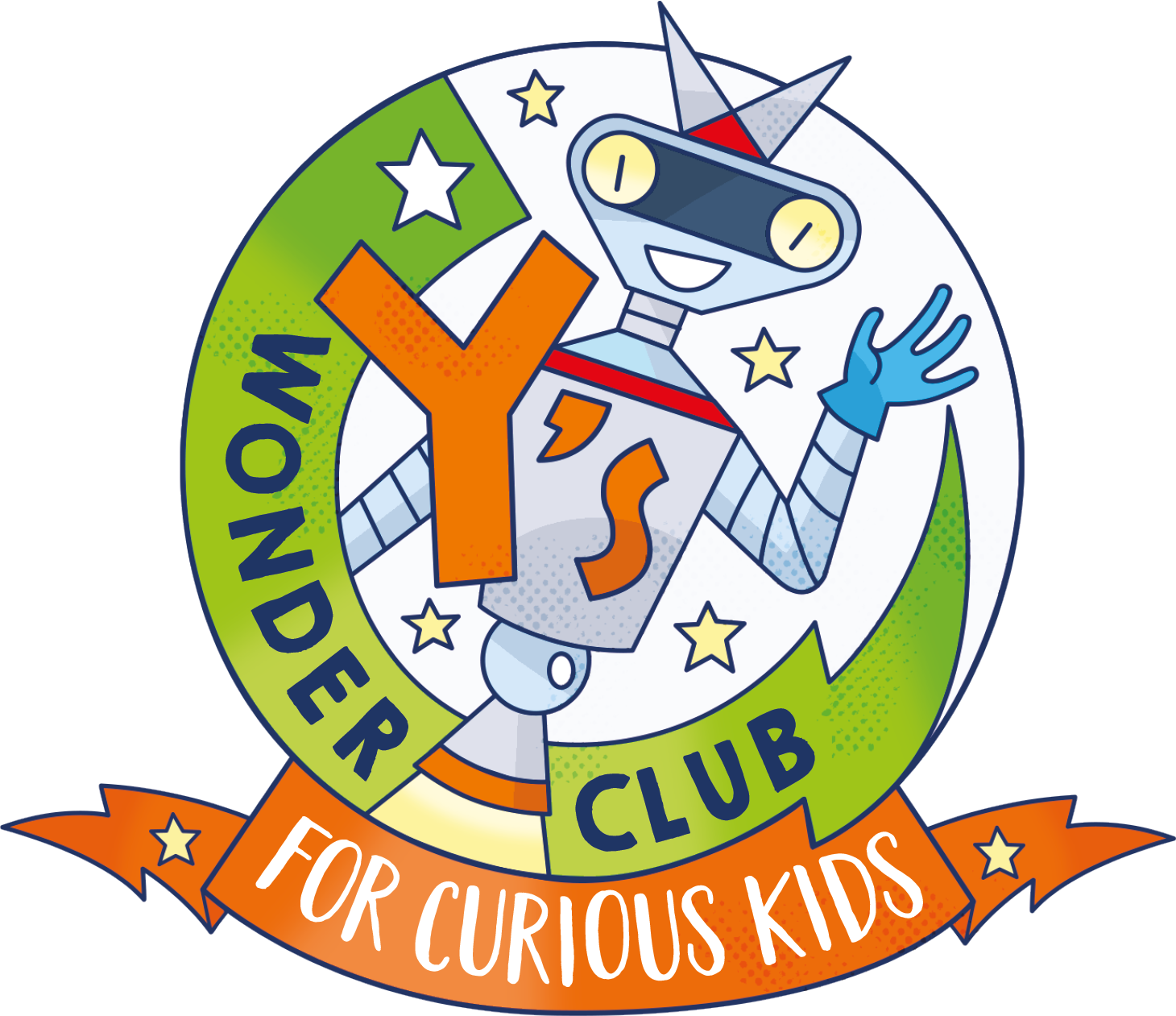
Epic Engineer Badge
Think like an engineer to earn an Epic Engineer badge! Identify a problem, design a solution, get building, then test and improve your design.
Click here to find out more…

Fill your child with science wonder with a subscription to Whizz Pop Bang, the award-winning magazine for 6 to 12-year-olds. Watch their face light up with glee when their very own magazine zooms through the letterbox! Packed full of hands-on science awesomeness, it’s the gift that keeps of delighting, month after month.

